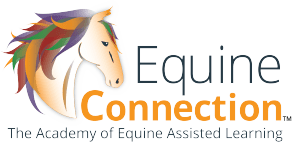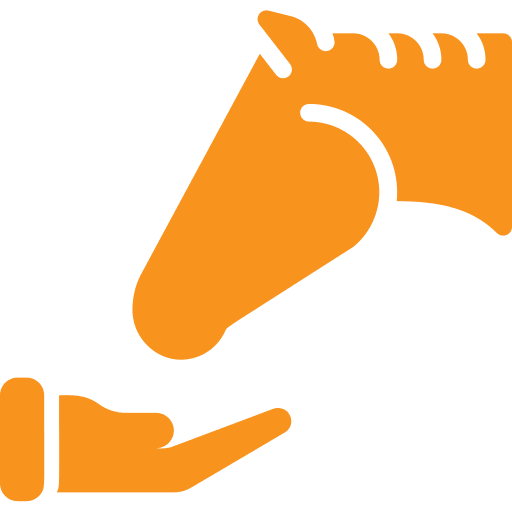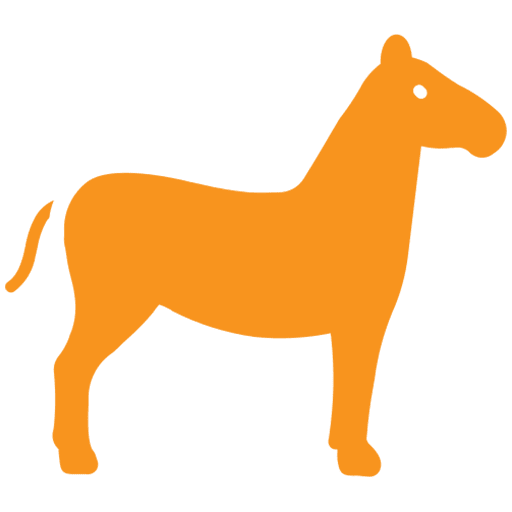Join Equine Connection's FREE "Email Newsletter" Made For Horse Lovers & Equine Business Alike….
“No Foot. No Horse.”
How can we best take care of our horses from the ground up?
Have you ever been in the instance when you were with your horse, and you had a farrier that was good at their job, but it didn’t feel like they left your horse for the better afterwards?
Have you ever been in the situation where your horse and farrier just didn’t mesh?
The feet are the physical foundation of the horse. There is the old saying, “No Foot. No Horse.” This stands true for the most part, however, there’s a whole lot of other aspects that play into this as well. We have our emotional foundation and we have our physical foundations and we can’t have one without the other. Physical problems make it hard emotionally and emotional problems make it difficult physically and over time, those things can manifest into something much bigger.
Think about that time there was that blister on your foot when you were in your sandals on your holiday and you went to walk somewhere without any band-aid covering the blister.
It’s horrible! It hurts! It’s the same for a horse. If he is sore in his feet, he’s not going to want to do his job. This only leads to built up resentment over time, especially if we continue to make him work when he’s sore. So when we’re looking after our horses’ hooves, we really have an opportunity to give them a well-balanced foundation and the chance to bring them to a good place emotionally and physically. And on top of that, these beautiful prey animals turn to their flight mode in circumstances that their safety could be potentially threatened and not having their feet at the right place where they’re comfortable could really inhibit their natural instincts. We owe it to our horses, our ponies and our donkeys to make sure that their feet are always looked after properly.
Consider this.
Think of your horse as a balloon. When we start to inflate the balloon, we can think of this as adding stress to your horse. When we interact with our horses, whether we’re training, or asking them to do different types of work, a lot of the times we’re adding a little bit of stress to their lives. Some of this comes from what we’re doing. Some of it comes from their environment and we have to realize that it doesn’t matter where that stress is coming from. That’s air added into the balloon.
Now try this.
Take a second. Take a deep breath, close your eyes and lick your lips.
This is what our horses are feeling and doing to release that stress back out. Now some horses are good at releasing pressure on their own, and others aren’t as good at it. If we don’t help our horses to release some of that pressure and air out of the balloon, eventually it’s going to pop.
Ray Hunt used to say, “You want to stay on this side of trouble.” And that doesn’t mean that we keep the balloon inflated until just before the breaking point. Watch all of the signs in their body to understand what they’re saying. And when you get more than one signal of body language on top of another, you need to be very, very present and realize that this horse needs some help de-escalating the situation and releasing a bit of air out of that balloon.
So, what are 5 ways we can help our horses when they get anxious while working with their feet?
- Take a deep breath and take a step back.
If we can take a deep breath, our horses will really model what we are doing. For example, watch somebody who is leading a horse. How often do you see the horse match their footsteps up to the person, especially if the person’s very present? We can do that and it just starts with taking a deep breath and taking a step back.
- Don’t tie them solid.
If you have a horse that pulls back, a great way to change this is to get about a 25 or 30-foot long cotton rope, with about three-quarters of an inch to one inch and wrap it around what you’re tying to. Enough that it has some friction on it, but if they were to pull back, it’s not intense enough to make them feel trapped. This way when they pull back, they’ll realize that they aren’t trapped. And when they realize they’re not confined, then they’ll release themselves.
- Don’t fight against them, work with them.
The number one thing a horse needs to feel is safe. If we don’t present that safety piece, we’ve got to be able to help them release their stress. So again, help them feel safer. It’s just so important that we’re looking at every aspect of what the horse is saying.
- Find your vision.
Just like a business where you create a vision and mission, create one in your horse life as well. We all have a vision with horses. Get clear about what that vision or that mission looks like. And if we keep that vision in mind and stay true to it, you know, we’re going to falter and we’re going to screw up and that’s okay. As long as we keep our vision in mind and come back to it. The best thing that we can do is go out there and mess up and then pick ourselves up and keep trying. You’ll get there if you keep trying. You’ll get there when you have your vision in mind.
- Trust your intuition and communicate.
Have a feeling that something’s off? Communicate with your farrier your concerns. You need to recognize that feeling and recognize it as something true now, whether it’s a misunderstanding that needs to be cleared up or it’s just something’s not going right. That feeling is true and it needs to be recognized. Sometimes those conversations are tough, but they’re always worth it. It’s exciting to imagine that when we communicate, we actually release that air in our balloon, instead of keeping it all in and getting frustrated and our anxiety is blowing up. Trust your gut and talk it out.
JOIN EQUINE CONNECTION'S FREE Email Newsletter
MADE FOR HORSE LOVERS & EQUINE BUSINESSES ALIKE….
Join our community of 118,000+ Life Changers forging their own paths with horses - whether for business or pleasure.
You'll Receive Weekly Emails Designed to Transform Your Relationship With Your Horse, Elevate Your Equine Business & So Much More!













